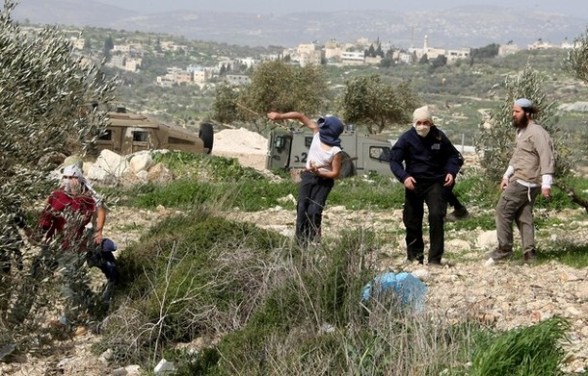TULKARM, February 25, 2025 (WAFA) – The head of the Popular Committee for Tulkarm Camp Services, Faisal Salama, said that the occupation forces are still occupying and besieging Tulkarm Camp for the 30th consecutive day, displacing its residents at gunpoint, and wreaking havoc in homes, streets, alleys, and all its facilities.
He added in a press statement today that the occupation forces, during its ongoing aggression, completely destroyed no less than 40 residential buildings, including 100 apartments, burned no less than 10 homes, destroyed no less than 300 shops, and partially destroyed hundreds of homes, and vandalized the belongings of hundreds of others inside the camp.
Salama explained that the occupation forces, in a dangerous precedent, paved a road that penetrated the depth of four neighborhoods in Tulkarm Camp, starting from the Balawneh neighborhood, passing through Al-Hamam and Al-Sawalma neighborhoods, and reaching the services neighborhood on Dhnaba Street, which led to the demolition of 26 buildings and completely leveling them to the ground, and causing severe damage to all the surrounding buildings and facilities.
He stated that the occupation troops has forced more than 12,000 residents of Tulkarm camp to forcibly move, by threats and intimidation, to the city, suburbs and neighboring villages, while the education is still suspended, and thus 2,000 male and female students studying in the four UNRWA schools in the camp have been deprived of education for more than a month in addition to the suspension of health services for the camp residents.
The ongoing aggression on Tulkarm camp has also led to the complete and unprecedented destruction of the infrastructure, and has affected the electricity, water, sewage, communications and internet networks.
He pointed out that the occupation forces are seeking - as is clear - to achieve political and media goals, far from the security and military goals that it claims, and the most important thing it aims for is to strike the refugee issue and erase it, by killing the symbolism of the camp by re-engineering the architectural and demographic nature of the camp, and emptying it of its residents, or reducing their number to a minimum, by destroying and burning the largest possible number of homes, and eliminating basic services, which makes life inside the camp impossible.
K.T








